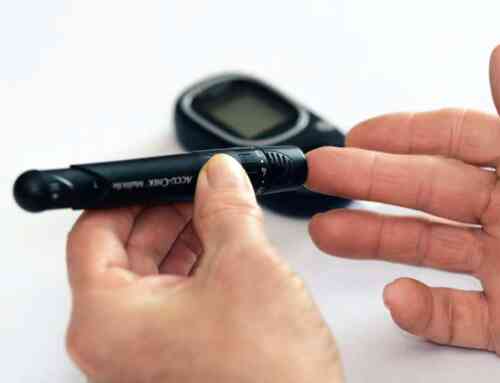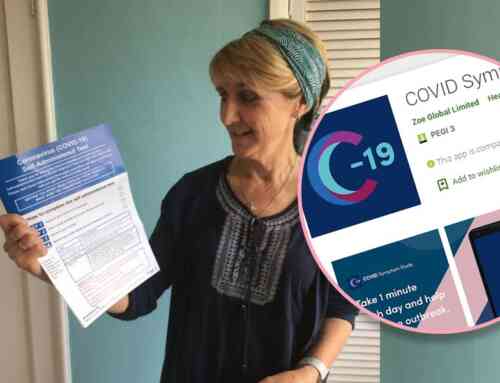What is an ‘earbud’? Well you don’t have to look very far to see one – they are everywhere. It is becoming a rare occasion to see a teenager who isn’t ‘plugged in’.
Earbuds, earphones, headphones, Bluetooth® devices—they’re everywhere today—plugged into mobile phones, iPods®, MP3 players, computers, tablets, and more. They’re used by kids, teens and adults of all ages, and provide private listening in schools, gyms, at home, in the workplace—just about everywhere people spend time.
Earbuds are by far the most popular choice for listening—they’re tiny and light, fit into a pocket, and cost next to nothing. For decades, scientists have looked, almost exclusively, at the loss of hair cells as an indicator of hearing loss. But a study released by the Acoustical Society of America reports a “hidden hearing loss,” shedding new light on hearing protection.
Sound waves travel through the middle ear into the cochlea of the inner ear, where they stimulate hair cells. The organ of Corti, inside the cochlea, transforms the physical motion of the hair cells into electronic pulses for the brain. It’s here the discovery was made.
Researchers at Harvard Medical School’s Eaton Peabody Laboratory learned that you can lose a high percentage of your cochlear nerve fibres without losing the ability to detect a tone in quiet. But once background noise is introduced, hearing ability drops dramatically. So, hair cells may be completely intact but hearing is still lost if the nerve synapses are damaged.
Earbud headphones deliver stronger, more damaging waves straight to the cochlea, even at lower volumes. Without a known treatment for cochlear nerve damage, researchers strongly recommend exercising caution.”A nerve fibre will never reconnect,” said Charles Liberman, director of the Eaton Peabody Lab, in the study. “It no longer responds to sound, and, within a few months or years, the rest of the neuron will disappear.”
The problem is, these little portable speakers are causing hearing damage at an alarming rate. What makes this even more disturbing is that hearing loss is not reversible. And the longer it goes unrecognised and untreated, the faster it progresses.
VOLUME IS THE CULPRIT
Noise-induced hearing loss is generally caused by two types of noise: sudden, ear-splitting bursts, such as gunfire or fireworks or ongoing exposure, such as factory noise or loud music listened to over time.
Earbuds are primarily used to listen to music, and little thought is given to the amount of time-worn, or at what volume. It’s not unusual for people to listen to music or the radio at high levels for several hours per day.
Just how do earbuds damage hearing?
The earbuds commonly used with iPod® or MP3 players sit within the ear canal. This puts the audio signal close to your eardrum – the equivalent of boosting it by as much as nine decibels.
Nine decibels is substantial when you consider that anything over 85 decibels can cause hearing damage. It’s like going from the sound of a dinner bell to the sound of a lawnmower. If the earbuds don’t make a tight seal, background noise seeps in causing the wearer to increase the volume even more.
Also consider that newer iPod and MP3 devices have more memory and better battery life, allowing people to listen longer, without interruption.
Even moderately high volume can cause hearing loss if listened to for too long. For example, listening to sound at ninety decibels for three hours can be as damaging as hearing something at 155 decibels (like a jet taking off) for thirty seconds. Here are some suggestions to protect your hearing when enjoying a personal listening device:- “noise-cancelling” headphones, which reduce or eliminate background noise. This lessens the need to crank the volume above 50 percent. You can listen to music at a softer volume, for a longer time. Follow the 60/60 rule when wearing ear buds. Keep your volume below 60%, and limit your listening to under 60 minutes per day.
Buy the newer earbuds that offer a tighter fit to block out more background noise, allowing you to listen at a lower volume. Invest in “custom” earbuds made according to an impression taken of your ear canal. These block out the most noise, letting you listen at very low levels. They also provide the best sound quality. Consider bone-conduction devices to minimise direct exposure and to enjoy keeping ears clear and open.
At Aston Hearing we believe it is our job to educate children and teenagers. Most have no idea that hearing doesn’t come back once it’s gone. We offer a special hearing screening for children and young adults that will help us to ascertain potential future problems directly related to over exposure to noise. Why not call for more information on how we can all help the next generation value their hearing much, much more?





